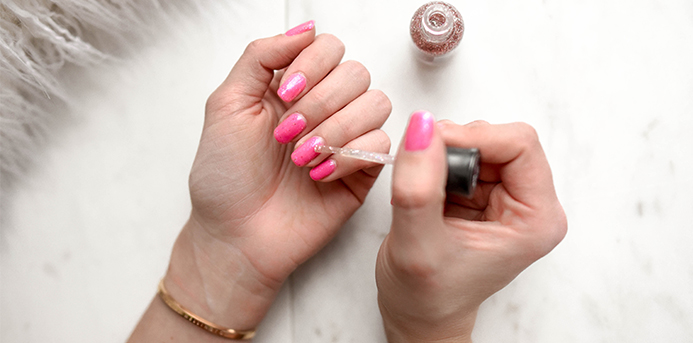Is your beauty regimen safe? Turns out, your basic self-care routine could be more harmful than you think. Here are six common beauty bad habits you’ll want to kick ASAP!
Habit: “Dipping” your nails
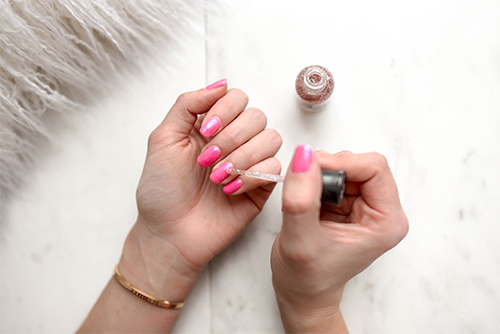
The latest craze in nail care, dip powder manicures sound like a dream because they’re quick-drying, no-chip, and shinier than a regular or gel manicure. Here’s the bad news: A drill is used to buff nails before application, which can actually remove layers of the nail. If your manicurist dips your nail directly into the acrylic powder solution rather than painting the powder on, it’s unsanitary and germs are more likely to be spread. The powder itself generates a strong odor, meaning everyone in the salon ends up breathing in the fumes. Furthermore, some powders contains MMA (methyl methacrylate), an ingredient that’s been banned by the FDA.
“Dip powders are temporarily damaging to the nails as the seal layer of your nails is broken in the process of this type of manicure,” explains nail technician Josephine Allen. “Dip powders also tend to temporally dehydrate the nails.” Plus, when you’re ready for a new manicure, a strong chemical nail solution is needed to remove the acrylic, a process that can also do serious damage to your nails.
Safe Solution
Get a good, old-fashioned manicure instead. If you’ve just come off having a no-chip and your nails feel weak, apply a nail strengthener every other night until you see improvement.
Habit: Wearing your hair tied back when you sleep
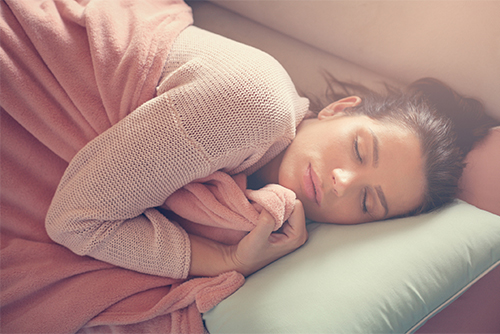
“When you pull your hair back with a hair tie, the excessive pulling damages hair or pulls some hair out,” explains Kathy Kardas, stylist at Pascal Pour Elle.
Safe Solution
If you must keep hair tied back at night, Kardas recommends that oldie-but-goodie, the scrunchie, secured at the nape of the neck. It’s gentler on hair.
Habit: Using a razor with a moisture strip
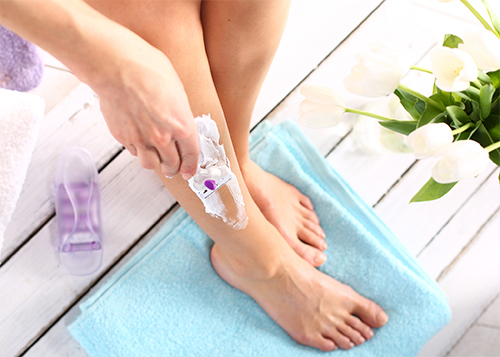
Have you ever checked out the ingredients in the moisture or aloe strip on your razor? If you do, you’ll find that it contains polyethylene glycol (PEG), a petroleum-based compound used in cosmetics as a thickener. Depending on manufacturing processes, PEGs may be contaminated with measurable amounts of ethylene oxide and 1,4-dioxane, classified by the International Agency for Research on Cancer as known human carcinogens. You’ll also find more unpronounceable ingredients like Tocopheryl Acetate (skin toxicant and allergen), Titanium Dioxide (possible human carcinogen), Phenoxyethanol (a preservative that’s restricted in Japan), and synthetic fragrance. Many people are unknowingly allergic to moisture strips since they often contain soy, aluminum salts, or chemicals that can irritate. Now, consider that hot water opens pores and allows for easier absorption of product. So, shower plus questionable moisture strip and you’ve got a harmful beauty habit that’s doing more than just removing hair.
Safe Solution
You can still get a smooth shave without a moisture strip. Use coconut oil or a paraben-free conditioner to moisturize and create a protective barrier between your skin and the razor. We’re loving these strip-free razors by Preserve.
Habit: Holding onto beauty products that have passed their expiration date
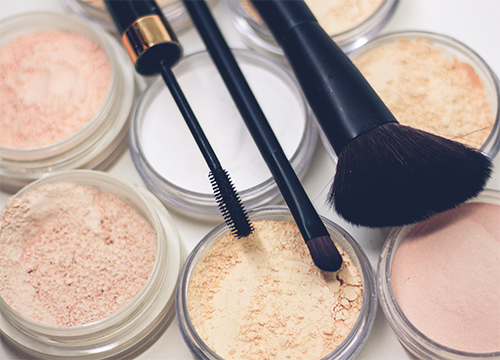
Expired makeup harbors bacteria, loses its efficiency (think SPF in products), and can cause skin irritation or infection.
Safe Solution
According to author and celebrity makeup artist Jenny Patinkin, you should wash or toss sponges and powder puffs weekly, swap out your mascara and liquid liner every three months, and throw away your cream eye shadow and gel eyeliner between six and 12 months. Your other cosmetics can last you between one and three years depending on what they are. Sharpen eye and lip pencils to keep them clean. Avoid dipping your fingers into products like foundation. Always keep the caps on your products so they aren’t exposed to too much humidity, which can lead to bacteria growth.
Habit: Wearing regular deodorant post-shave
Your mainstream deodorant typically contains aluminum, parabens, and phthalates. There’s been controversy suggesting that the chemicals that are absorbed through your skin (particularly after shaving when pores are open) could be linked to cancer. While some doctors have shot down the idea that deodorant is correlated to disease, there are still reasons to switch to a natural one. For one thing, sweating is completely natural and helps our body expel toxins and regulate temperature. Another bonus: You won’t have to worry about yellow stains on a white shirt if you make the switch. Also, gentler ingredients won’t irritate the skin like deodorants that contains parabens or propylene glycol, which can make razor burn feel a heck of a lot worse!
Safe Solution
At least on the days you shave, swap out your regular deodorant for a natural one. Finding the right one may take some testing. What could be great for one person may not work for another. A few we’re loving include Primal Pit Paste, L’Occitane Refreshing Aromatic Deodorant, and PiperWai.
Habit: Popping a pimple yourself
We’re all guilty of it. One minute you’ve got a bulging zit and the next minute you’ve made it worse by trying to pop it.
Safe Solution
“The safest way to tend to a pimple is to see a professional,” says Dr. Tahl N. Humes, medical director and founder of VITAHL Medical Aesthetics. “Seeing someone who specializes in skin care will help to clear up the pimple faster and reduce the risk of scarring.” If the pimple hasn’t shrunk and you can’t get to a doctor, try using a product that contains Salicylic Acid like Mario Badescu Drying Lotion. If you absolutely must get your hands on that sucker, wait until there’s a white head at the surface of the pimple. After taking a warm shower or applying a warm compress to the pimple, use two cotton swabs at the pimple’s base to squeeze out any pus. You can then dab on a drying product.
More from Make It Better:
- 15 Must-Have Beauty Products the Pros Can’t Live Without
- 7 Critical Sun Safety Tips, Plus the 3 Best Sunscreens on the Market
- Where to Donate Unwanted or Unused Beauty Products to Women in Need
 Jenny Muslin has been writing for Make It Better for eight years. She has also written for publications such as Chicago Parent, NS Modern Luxury, Red Tricycle, and Stroller Traffic. When she isn’t writing or researching the latest beauty innovations, she’s having a dance party with her husband and two kids. Jenny proudly supports Moms Demand Action and The Chicago Lighthouse.
Jenny Muslin has been writing for Make It Better for eight years. She has also written for publications such as Chicago Parent, NS Modern Luxury, Red Tricycle, and Stroller Traffic. When she isn’t writing or researching the latest beauty innovations, she’s having a dance party with her husband and two kids. Jenny proudly supports Moms Demand Action and The Chicago Lighthouse.
